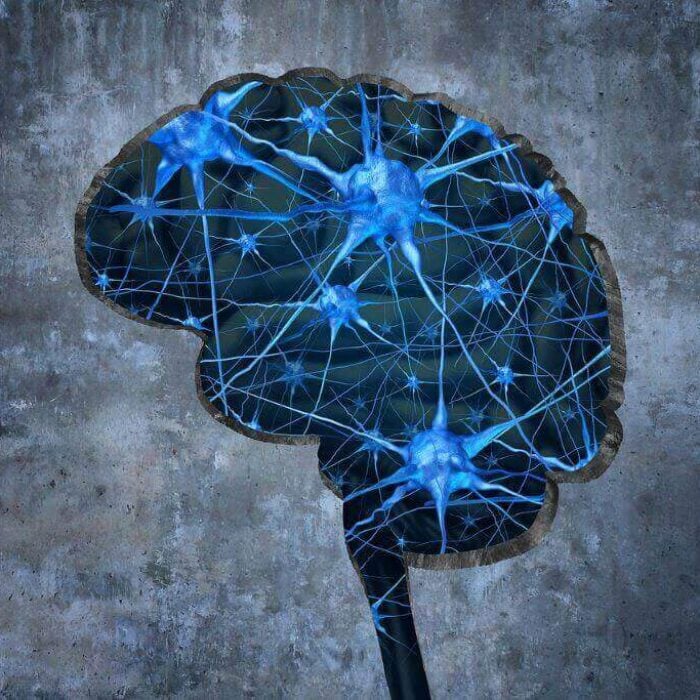How opiate addiction in the United States has become a problem is perplexing. First, we answer what opiates are? Opiates include legal drugs, such as prescription painkillers (e.g., Percocet, Oxycodone, Dilaudid), and illegal drugs like heroin. Deaths from prescription painkiller use have risen more than 400% since 1999, and heroin-related overdoses have also quadrupled over a similar period of time. This has led to thousands of people dying per year because of opiate addiction. To further understand the opiate addiction problem, researchers are constructing profiles of people struggling with opiate addiction to determine who is most at risk.
Opiate Addiction has Invaded Every Neighborhood
For many people in our society, opiate users are pictured as junkies living under a bridge, doing anything to get their next high. This conceptualization has some truth elements, as the heroin epidemic of the 1980s was primarily among young men of minority backgrounds. Now, however, the profile of people struggling with opiate addiction has changed. This is causing addiction experts to rethink how we talk about the prevention and treatment of this disease.
Exceptional Care & Better Outcome. Get In Touch With Us Today!
Understanding the Profiles of Heroin and Prescription Painkiller Users
Researchers at Penn State conducted a new study to identify characteristics associated with heroin and prescription painkiller abuse. There is considerable overlap between people who use these drugs; a large proportion of people using heroin have also abused prescription painkillers. One reason for this is that the drugs act on the same receptors in the brain; thus, both heroin and legal prescription opiates lead to similar highs.
More recently, prescription opiates have altered their formulas to make it more difficult to abuse the drugs. By creating tamper-resistant pills, they prevent people from crushing or liquefying the drug. This has reduced the ability to abuse the drugs, causing some people addicted to pain pills to try heroin instead.
The recent Penn State study looked at more than 10,000 respondents from the 2010-2013 National Survey on Drug Use and Health. They categorized the respondents into three groups: those who used heroin only (179 people), those who used prescription painkillers only (9,516 people), and those who used both drugs (506 people). The researchers sought to determine whether there were demographic differences between these groups.
The findings show that people using heroin were more likely to be poorer, minority status, non-religious, and less physically healthy. They were also more likely to reside in urban areas. This group was closest to the “junkie” stereotype. The people who used both types of drugs were more likely to report mental health problems and more emergency room visits. This may be because they are using opiates to dull their physical or emotional pain. Finally, people using prescription pain pills were more likely to be married, religious, employed, and in better health. This group was more rurally located and was more likely to be of a higher socioeconomic status.
Implications for Opiate Addiction Treatment
So what does all of this research tell us about how to prevent and treat opiate addiction? The answer is that not all opiate users conform to the “urban junkie” stereotype prevalent in the media. People addicted to opiates come from all racial backgrounds and socioeconomic groups.
This makes it essential for treatment providers to take an individualized approach to care. When a person seeks treatment for opiate addiction, it is essential to perform a thorough medical and psychological evaluation. Creating a personalized treatment plan for each patient ensures that their unique medical, emotional, and psychological needs are met.
Source
Prescription Painkiller Overdoses. Center for Disease Control and Prevention. Retrieved on September 4, 2015.
Today’s Heroin Epidemic. Center for Disease Control and Prevention. Retrieved on September 4, 2015.














